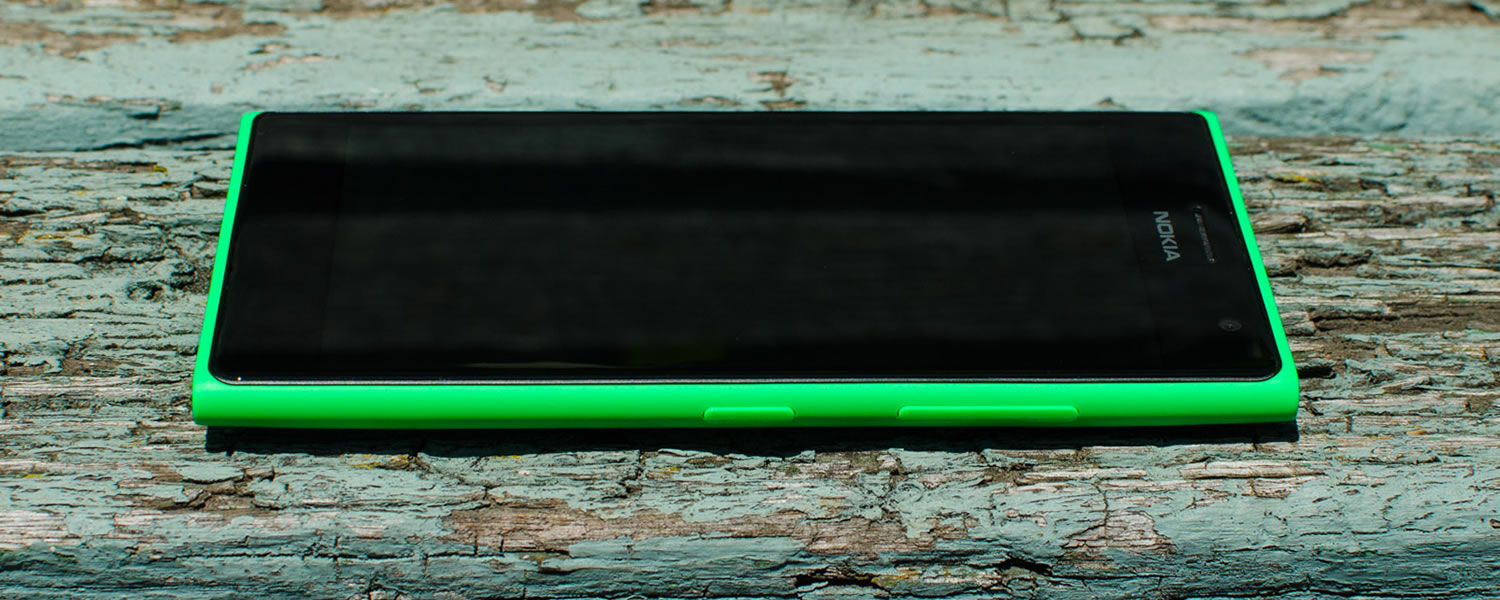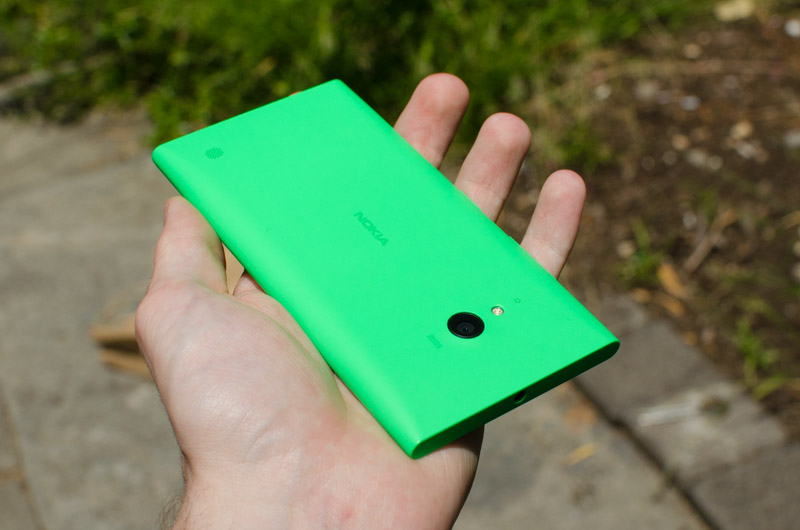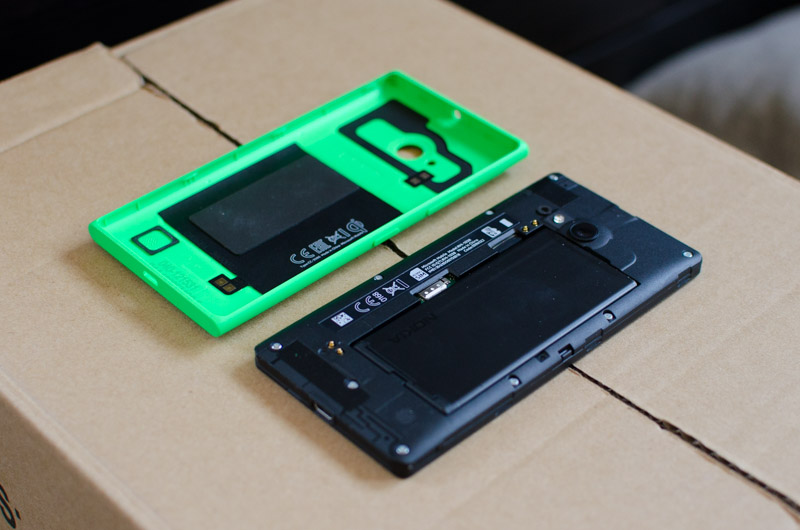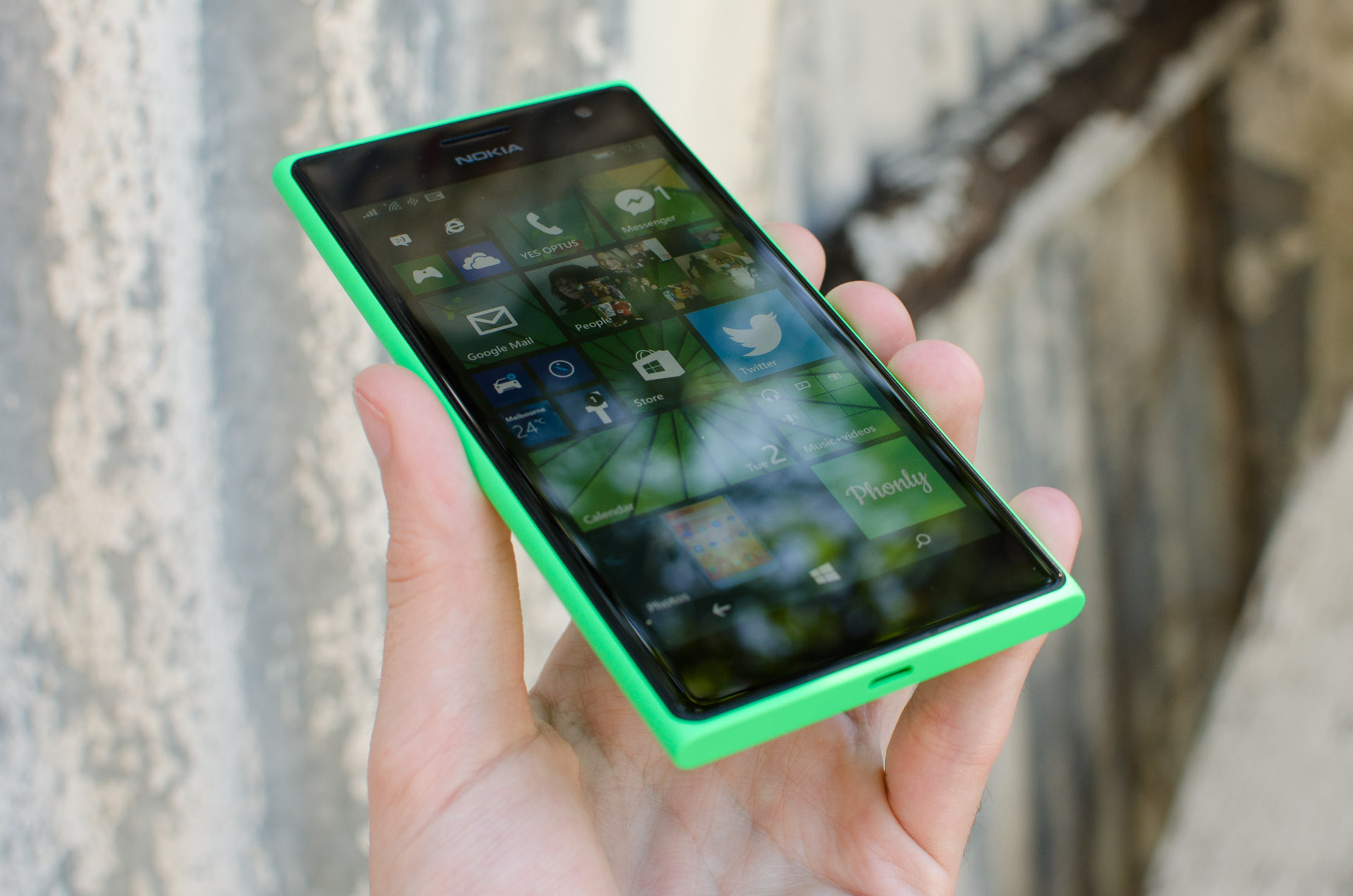Selfies are a really, really big thing. Walk around any major city or tourist attraction and you'll see loads of people holding their phones at arm's length to get themselves into a front-facing-camera photo. You even sometimes see people with their phones on poles to get the most epic wide angle shot, looking silly at the same time.
The problem with selfies is that the front facing cameras on most smartphones suck. A two megapixel sensor with awful low light performance and weak optics is a hardware combination I would verbally annihilate if it were the main camera on a smartphone. Some manufacturers have noticed this, promising to deliver significantly better sensors to facilitate higher quality selfies that we all love to take.
And so the Nokia Lumia 735 was born. Under the command of Microsoft, the company's devices team has produced a mid-range handset dubbed the "selfie phone," complete with a higher resolution and better quality five megapixel front facing camera. Although the 735's standout feature is the selfie cam, it also packs other things we've come to love from Lumias, such as the solid build quality across the entire lineup.
Price may be somewhat of a concern, with the Lumia 735 set at $300 while offering specs similar to Motorola's more affordable Moto G. But a superior quality could work in Microsoft's favor if they can execute well across the board to deliver a great mid-range handset.
Most of the handset's body is plastic, but the coating used on the 735 makes it feel particularly awesome for a material I often slam in reviews. With a hint of softness to it while remaining tough, Nokia knows how to craft plastic into a pleasing smartphone body.
The Lumia 735 uses a unibody design that is similar to what we've seen from Nokia in the past. The left and right edges are curved to fit better in your hands, while the top and bottom edges are flat, containing the 3.5mm audio jack and micro-USB port respectively.
The colorful polycarbonate wraps around to the edges of the Gorilla Glass 3 display, first meeting a small plastic rim that you can barely feel as you swoosh your fingers across the essentially edgeless piece of glass. Nokia has managed to give the perfect amount of curvature to the Lumia 735's back such that it appears to float when placed on a desk.
For all its similarities to the Nokia style we've come to love, there's one thing you don't see: slots or hatches to insert the SIM card and microSD card. This is because the entire polycarbonate section can be removed to reveal a removable battery and said card slots. It also allows you to swap out the back cover for one of a different color, just in case you decide the bright green you went for is too flamboyant for everyday use.
The plastic case is actually pretty interesting. You can clearly see the Qi induction coil for wireless charging on the back plate, something that will have to be included on every rear cover Nokia sells for the handset. Also, the material is pretty damn thick, giving good protection to the internal components but adding a significant amount of thickness to the handset.
With the cover removed, the Lumia 735 is a respectable 8.2mm thick. This balloons out to 10.1mm with the plastic cover on at its thickest point. I can't help but feel this device could have been made slimmer as most of the components are protected by a second layer of plastic behind the removable back cover.
The other main complaint I have is that the device's profile is too large for a handset that only packs a 4.7-inch display. It's only marginally smaller (~10%) than the Galaxy S5 but packs a 15% smaller display, featuring screen coverage of just 66%. This can be put down to the large bezels at the top and bottom of the display. Shrinking these areas would make the Lumia 735 feel more like a portable device than the large-screened flagship that it isn't.
The typical Lumia button arrangement returns on the right edge of the Lumia 735, which sees the volume rocker placed above the power button. The power button would be slightly easier to hit if it were in the position currently occupied by the volume rocker, but at least it's not on the top edge. Also you'll note that 735 does not come with a dedicated camera button, unlike the majority of Windows Phones released over the past few years.
Also not found on the Lumia 735 are capacitive navigation buttons, as Microsoft recently implemented on-screen buttons in Windows Phone.
The rest of the smartphone's features are a typical affair. The camera is centered on the minimalist back panel, flanked by an LED flash and microphone. Further down the back is the handset's main speaker, which is unsurprisingly terrible in quality yet surprisingly loud for a single driver. The front panel contains the in-call speaker, selfie camera, some sensors and Nokia branding.
As is the case with most of Nokia's devices, the Lumia 735 comes in two vibrant color options - bright green or orange - as well as white or grey. I received a grey review unit with a green shell, and although there's nothing wrong with the subtle grey, I prefer the crazily vibrant green that Nokia uses.






